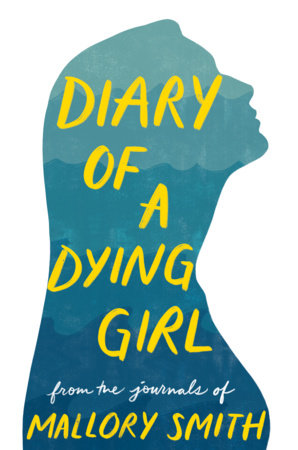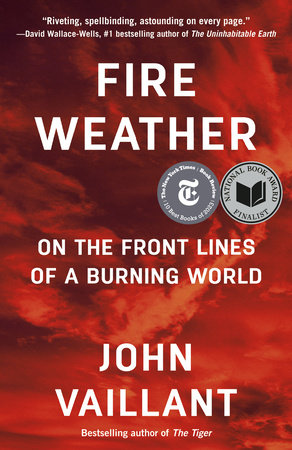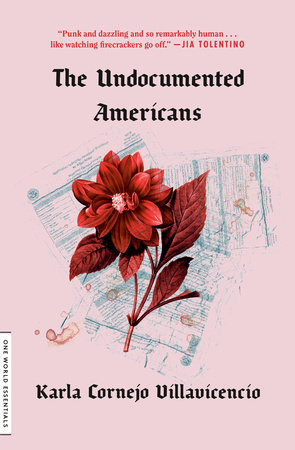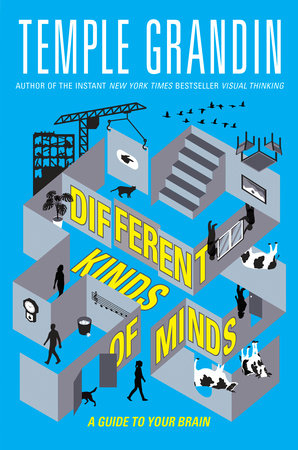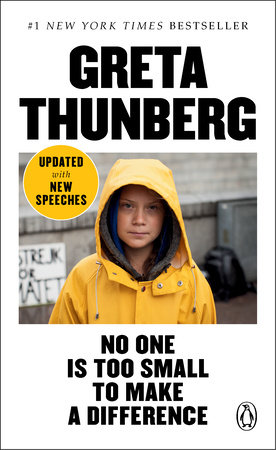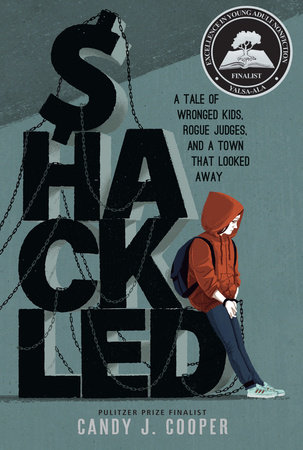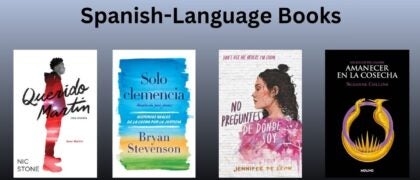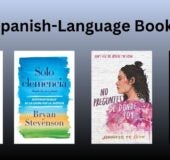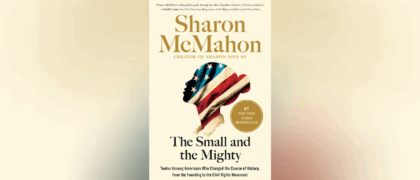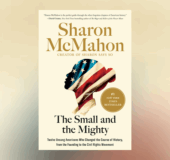In 2023, the National Council of Teachers of English (NCTE) published its “Position Statement on the Role of Nonfiction Literature (K–12)”. In it, they explain that while nonfiction is a gateway to literacy and a preferred genre for many students, it has been traditionally underrepresented in classrooms. Highlighting the genre’s role in addressing scientific knowledge, historical silences, contemporary issues, and global injustice, NCTE asserts that “in the urgency of this moment, nonfiction for young people has never been more vibrant or more vital.”
The Teaching Nonfiction Middle School guide shows that nonfiction not only offers authentic and relevant material for language arts classes; informational texts also provide an opportunity to build content knowledge in science, social studies, and technical courses. The guide’s activities encourage students to explore the engaging world of nonfiction while cultivating skills in critical, visual, and informational literacy. Teachers can choose one or any combination of books and strategies to use with whole-class, small-group, or independent reading and writing instruction.
The Teaching Nonfiction High School guide addresses all ranges of student inquiry and interests, and also builds content knowledge in science, social studies, and technical courses. The guide’s activities encourage students to explore topics of interest and cultivate skills in critical, visual, and informational literacy, all while reading the types of text they will be encountering in college, in their careers, and in life. The books in this set offer a diverse range of topics and formats. Teachers can choose one or any combination of books and strategies to use with whole-class, small-group, or independent reading and writing instruction.
Download the free guides for elementary, middle, and high school.



